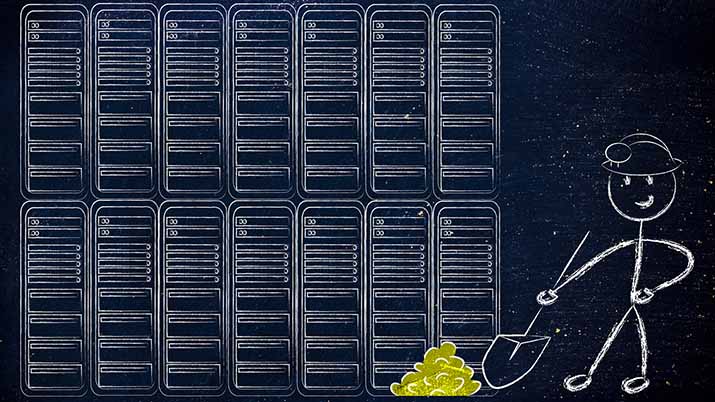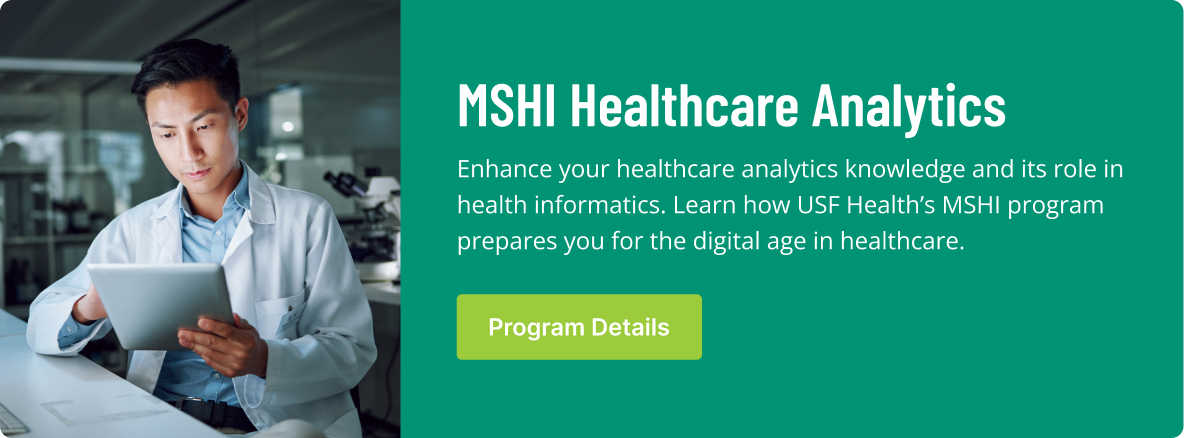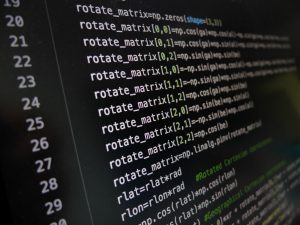Since the 1990s, businesses have used data mining for things like credit scoring and fraud detection. With the increase in accessibility to large amounts of patient data for providers today, the use of data mining in healthcare is being adopted by organizations with a focus on optimizing the efficiency and quality of their predictive analytics.
What is Data Mining?
The purpose of data mining, whether it’s being used in healthcare or business, is to identify useful and understandable patterns by analyzing large sets of data. These data patterns help predict industry or information trends, and then determine what to do about them.
In the healthcare industry specifically, data mining can be used to decrease costs by increasing efficiencies, improve patient quality of life, and perhaps most importantly, save the lives of more patients.
Data Mining in Healthcare Examples
Data mining has been used in many industries to improve customer experience and satisfaction as well as increase product safety and usability. Data mining in healthcare has proven effective in areas such as:
- Predictive medicine
- Customer relationship management
- Detection of fraud and abuse
- Management of healthcare
- Measuring the effectiveness of certain treatments
Here is a short breakdown of two healthcare data mining applications with real-world examples of their use.
Measuring Treatment Effectiveness
This application of healthcare data mining involves comparing symptoms, causes and courses of treatment to find the most effective course of action for a certain illness or condition. For example, patient groups who are treated with different drug regimens can be compared to determine which treatment plans work best and save the most money. Furthermore, the continued use of this data mining application could help standardize a method of treatment for specific diseases, thus making the diagnosis and treatment process quicker and easier.
Detecting Fraud and Abuse
This application of data mining in healthcare involves establishing normal patterns, then identifying unusual patterns of medical claims by clinics, physicians, labs, or others. This application can also be used to identify inappropriate referrals or prescriptions and insurance fraud and fraudulent medical claims. The federal government ramped up data mining in the wake of the COVID-19 pandemic by rapidly expanding its investigation and enforcement activities to cast a wider, data-based net for potential fraudulent activities.
Benefits of Data Mining in Healthcare
The integration of data mining in the healthcare realm has brought forth many benefits by transforming the way healthcare organizations operate and treating patients more efficiently and effectively. Here are some advantages of incorporating data mining into healthcare practices:
- Enhanced Clinical Decision-Making: By analyzing large patient datasets, healthcare providers can discern patterns and associations among multiple health factors. This helps to predict potential health risks and make more accurate clinical decisions, thus ensuring precision care.
- Increased Diagnosis Accuracy: The ability to analyze vast amounts of data means diseases can be identified more accurately. Predictive models created with data mining techniques can help doctors reach a diagnosis quickly and accurately, potentially saving lives.
- Improved Treatment Efficiency: Data mining helps standardize treatment protocols and improve the effectiveness of treatments by comparing patient groups treated with different drug regimens. This makes the diagnosis and treatment process quicker and more efficient.
- Avoiding Harmful Drug and Food Interactions: Data mining techniques can unveil potential harmful interactions between prescribed drugs and food that patients consume. This helps prevent health complications and ensure patient safety.
- Better Customer Relationships: By providing insights into patient behavior and preferences, data mining enables healthcare providers to deliver a more personalized experience, thus strengthening patient-provider relationships.
- Detection of Insurance Fraud: By spotting anomalies in billing and claims data, data mining can help healthcare organizations detect insurance fraud, saving them significant amounts of money.
- Enabling Predictive Analytics: The future of healthcare hinges on predictive analytics. With data mining, organizations can predict future trends in healthcare, identify potential health risks, and optimize their services for improved patient outcomes.
Despite these benefits, it’s important to note that patient privacy concerns need to be addressed while implementing data mining techniques. Balancing the massive potential of data mining with preserving patient privacy is the key to transforming healthcare for the better.
Healthcare Data Mining and its Effect on Patient Privacy
Data mining is proving beneficial for healthcare, but it has also come with a few patient privacy concerns. Massive amounts of patient data being shared during the data mining process increases patient concerns that their personal information could fall into the wrong hands. However, experts argue that this is a risk worth taking.
“There will be criminals. There will be people who are bad actors. At some point, something is going to get out,” Thomas Graf, chief medical officer at Geisinger Health System told The Washington Post. “It’s not an irrational fear. At the same time, people die driving every year and we still choose to drive cars, or most of us do. It’s a risk every person has to decide where they fall on the line.”
Others have suggested letting patients choose whether their information can be used for data mining purposes and then providing a tax break benefit to encourage patients to get involved.
“The goal in healthcare is not to protect privacy, the goal is to save lives,” David Castro, Director of the Center for Data Innovation told The Washington Post.
The Future of Data Mining in Healthcare
The shift from written to electronic health records has played a huge part in the push to use patient data to improve areas of the healthcare industry. The adoption of electronic health records has allowed healthcare professionals to distribute knowledge across all sectors of healthcare, which in turn, helps reduce medical errors and improve patient care and satisfaction.
Data mining can also help cut costs and drive innovation. As the realms of artificial intelligence (AI) and data mining continue to expand and evolve, they will present opportunities for organizations to leverage data to achieve cost savings and enhance customer service quality.
According to the Centers for Medicare and Medicaid Services, U.S. healthcare spending grew 4.1% in 2022, reaching $4.5 trillion or $13,493 per person. As a share of the nation’s GDP, health spending accounted for 17.3%.
The future of healthcare may well depend on using data mining to decrease healthcare costs, identify treatment plans and best practices, measure effectiveness, detect fraudulent insurance and medical claims, and ultimately, improve the standard of patient care.
Learn Data Mining Through USF Health
As part of its MSHI and graduate certificate programs in healthcare analytics, USF Health’s Morsani College of Medicine offers a Healthcare Data Mining and Predictive Analytics course. Led by faculty member Dr. Ali Yalcin, the course is designed to introduce students to various data mining concepts and algorithms, and emphasizes classifiers, clustering and association analysis applicable to the distinct nature of healthcare data.
Speaking about the course, Dr. Yalcin says, “When you look at individuals who are trying to solve problems in the healthcare space, they have a core expertise. MDs know the human body, pharmacists know the drugs and their effects, computer scientists know code and software, but it’s very difficult for these groups to communicate if they don’t speak a little bit of each other’s language. Through this course and the program overall, we’re trying to teach the students the language and concepts they need to know to be functional on such teams.”




